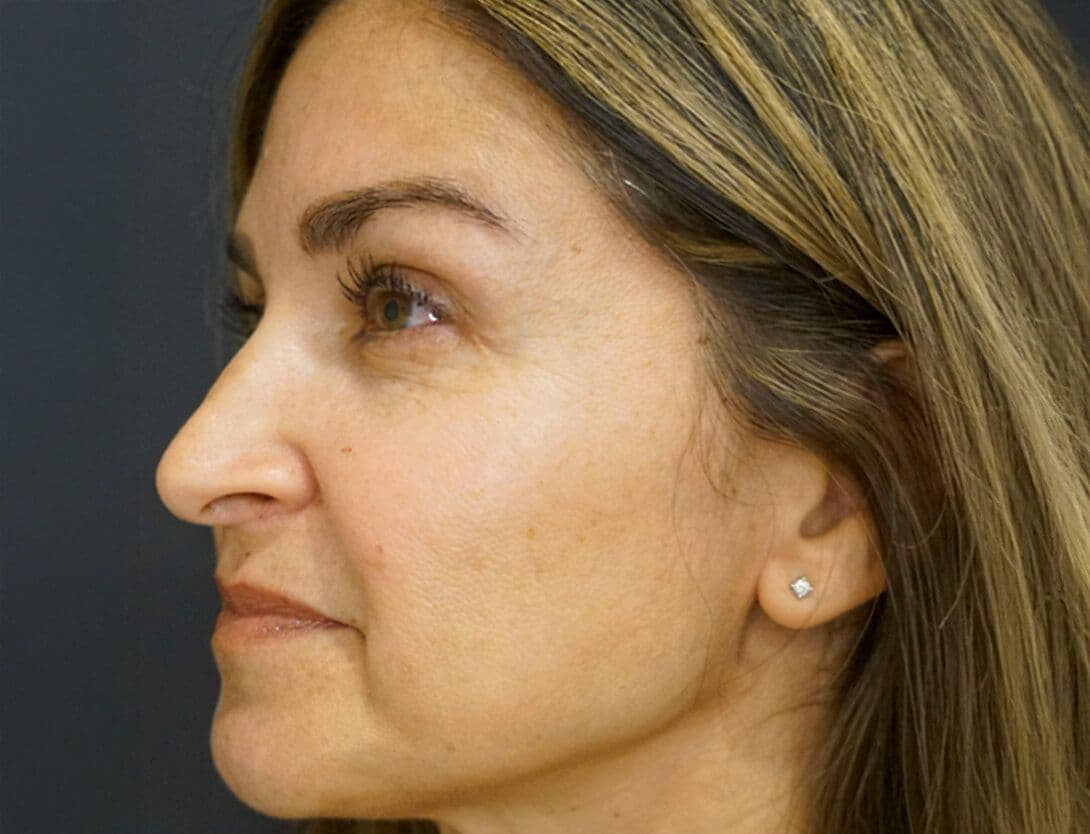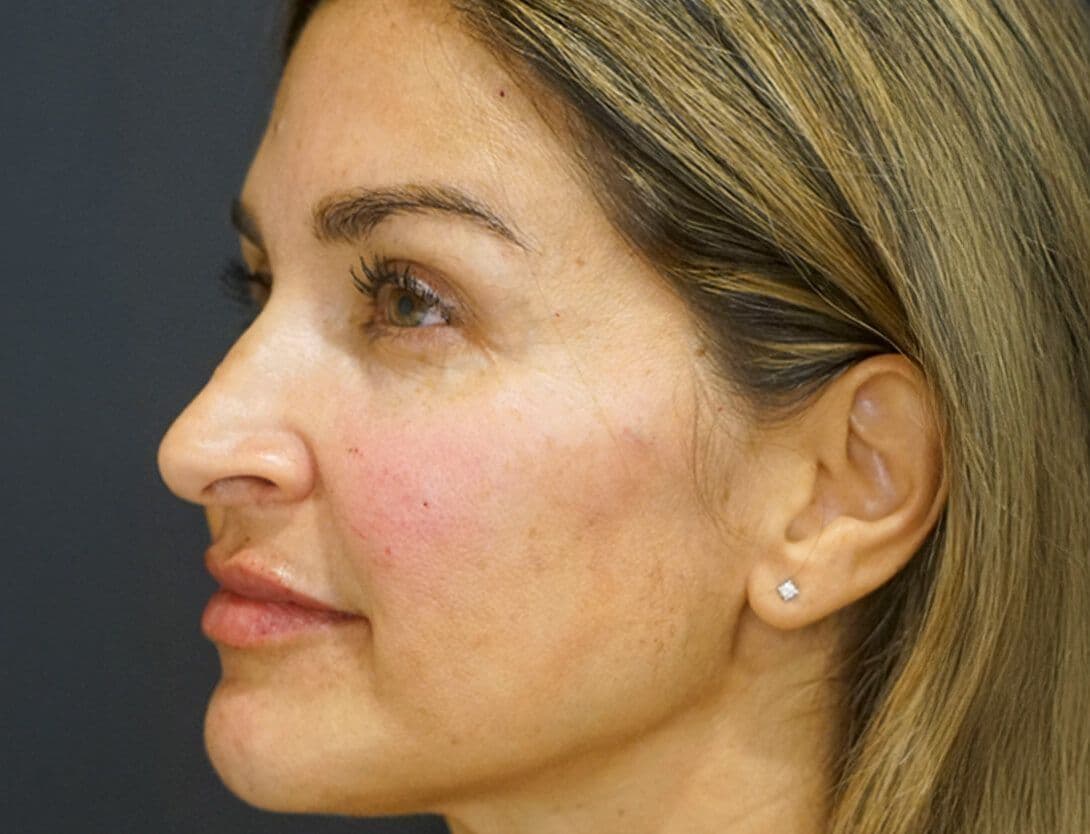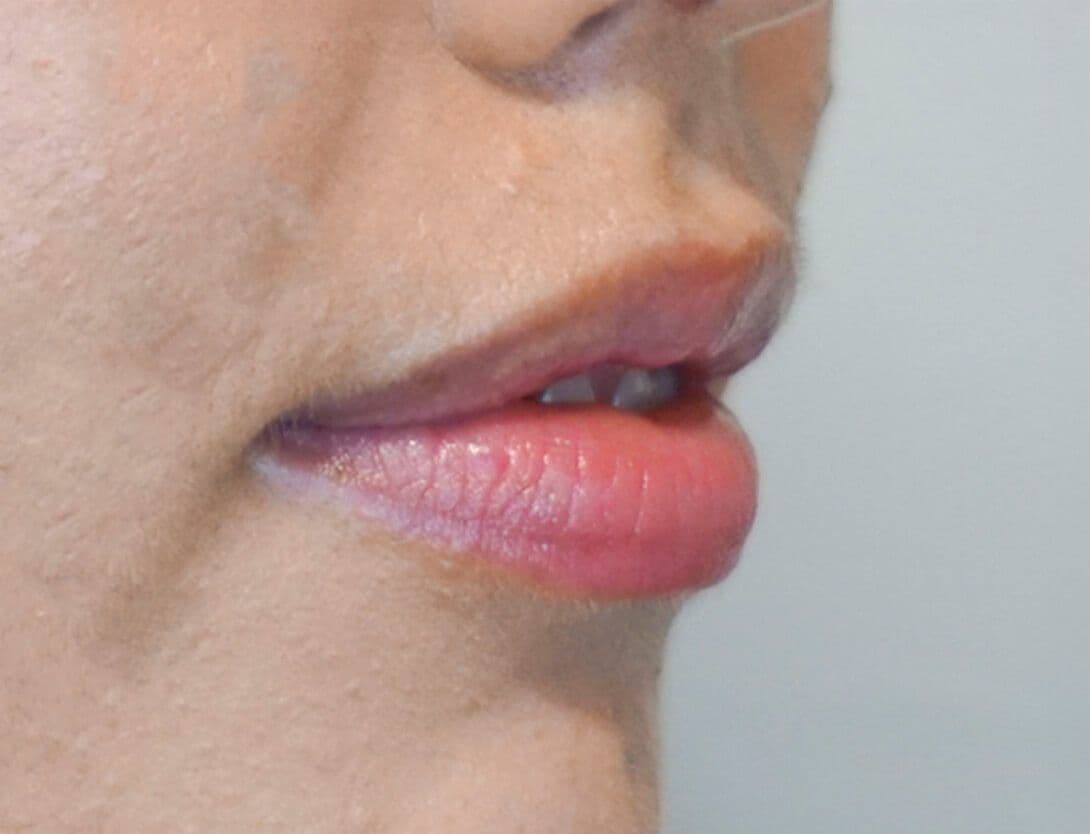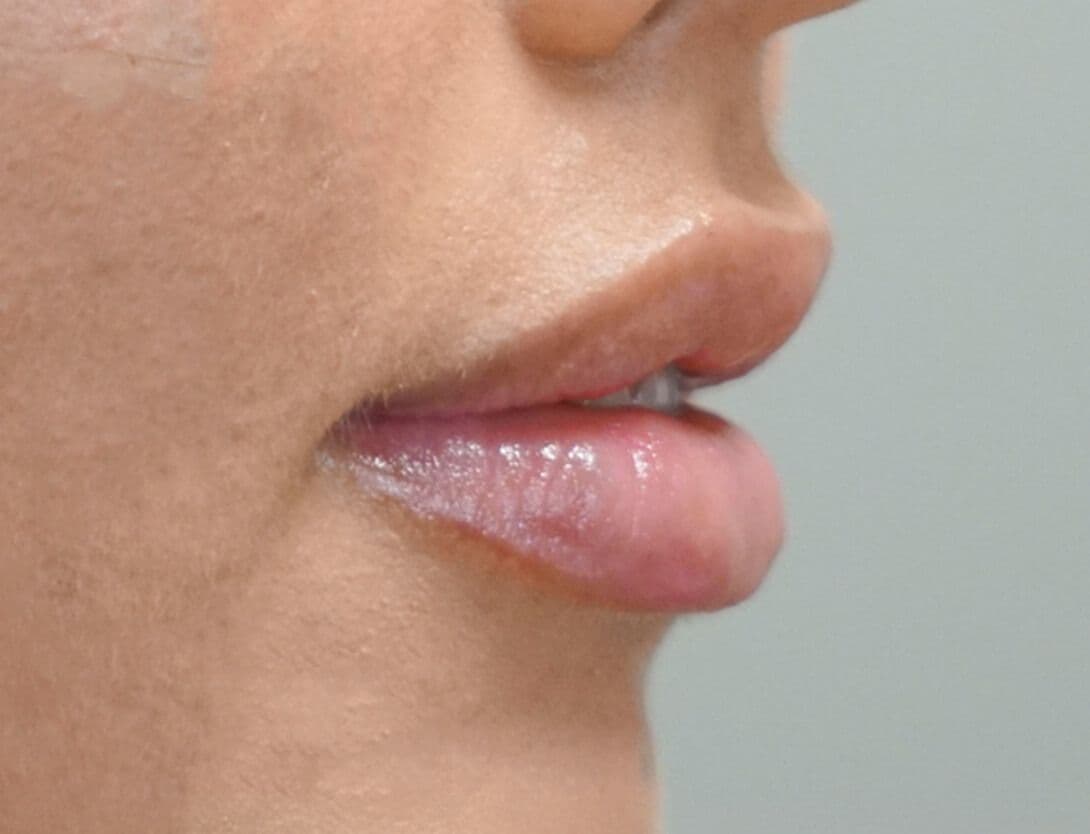Restore volume and smoothness to your skin with the JUVÉDERM® Collection of fillers. These advanced dermal fillers help enhance facial contours, providing a youthful glow by restoring fullness and reducing wrinkles.

Treatment
Treatment
JUVÉDERM® Ultra & Ultra Plus
JUVÉDERM® Ultra and Ultra Plus are safe, natural dermal fillers that restore volume and fullness, smoothing wrinkles and folds, like nasolabial folds. These fillers also enhance the lips, providing a fuller, more youthful appearance.
JUVÉDERM® Volbella
JUVÉDERM® Volbella smooths lines around the mouth and enhances the lips. It diminishes smoker’s lines, defines the lip border, smooths the lips, and enhances the cupid’s bow for a more youthful look.
JUVÉDERM® Vollure
JUVÉDERM® Vollure softens moderate to severe facial lines and wrinkles, creating a smoother, more youthful appearance. It reduces laugh lines, adds natural volume to facial folds and wrinkles, and provides long-lasting results that can last up to 18 months.
JUVÉDERM® Voluma
JUVÉDERM® Voluma restores youthful volume to the cheeks, cheekbones, and chin, addressing age-related volume loss. It is the first FDA-approved filler for adding volume to the cheek area, providing a subtle lift and restored contour for a more youthful profile.
JUVÉDERM® Volux
JUVÉDERM® Volux is the first FDA-approved hyaluronic acid-based filler specifically designed for the jawline. It provides lasting results by targeting moderate to severe loss of jawline definition, while also reducing sagging skin along the chin, neck, and other parts of the face.
- Cheeks
- Mouth, Lips, Jaw, Chin
| Member | Non-Member | |
|---|---|---|
| JUVÉDERM® Volbella | JUVÉDERM® Volbella$625 | $725 |
| JUVÉDERM® Ultra | JUVÉDERM® Ultra$549 | $649 |
| JUVÉDERM® Ultra Plus | JUVÉDERM® Ultra Plus$549 | $649 |
| JUVÉDERM® Vollure | JUVÉDERM® Vollure$625 | $725 |
| JUVÉDERM® Voluma | JUVÉDERM® Voluma$725 | $825 |
| JUVÉDERM® Volux | JUVÉDERM® Volux$725 | $825 |
Reviews

The JUVÉDERM® Collection of Fillers is designed to restore volume and smooth away wrinkles, providing a more youthful, radiant look. Whether you're looking to enhance your lips, smooth laugh lines, or restore volume to your cheeks, JUVÉDERM offers a personalized solution with minimal downtime.
Want to smooth facial wrinkles and restore lost volume without the need for surgery?
Curious about achieving plumper, more defined lips for a youthful, natural look?
Interested in rejuvenating your cheeks or jawline for a lifted, contoured appearance?
It is recommended you make your Filler Appointment as least two weeks in advance of any special events to ensure the best possible and full result.
You’ll be asked to avoid alcohol, blood thinners, Ibuprofen, and certain supplements at least 48 hours prior to treatment to avoid increased bruising or bleeding.
You’ll be asked to confirm it has been at least a week since you last used retinol or had any prolonged sun exposure.

It is recommended you make your Filler Appointment as least two weeks in advance of any special events to ensure the best possible and full result.
You’ll be asked to avoid alcohol, blood thinners, Ibuprofen, and certain supplements at least 48 hours prior to treatment to avoid increased bruising or bleeding.
You’ll be asked to confirm it has been at least a week since you last used retinol or had any prolonged sun exposure.





















